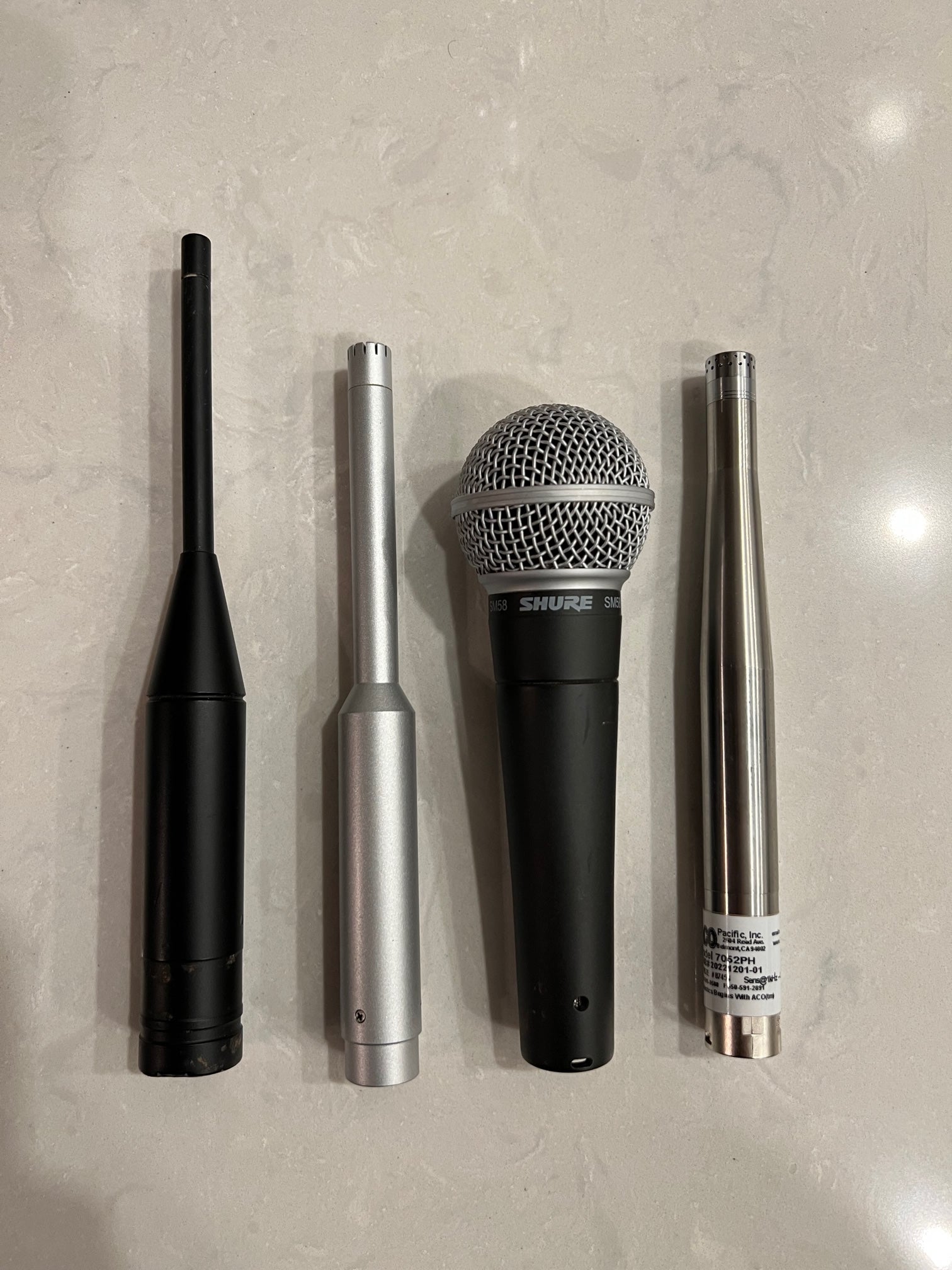Joseph Crowe
Active Member
- Joined
- Oct 25, 2019
- Messages
- 105
- Likes
- 260
I would like to share my latest blog where I test microphone distortion between four different mics.



Below are the test results between the four mics.





Microphone Distortion Comparison
In this blog post I compare distortion performance between four different microphones. From left to right I have the following microphones. Dayton UMM-6 I've used the UMM-6 for about a decade now and it has served me well. It is the only USB microphone in this test. The microphone retails for...
josephcrowe.com
Below are the test results between the four mics.
